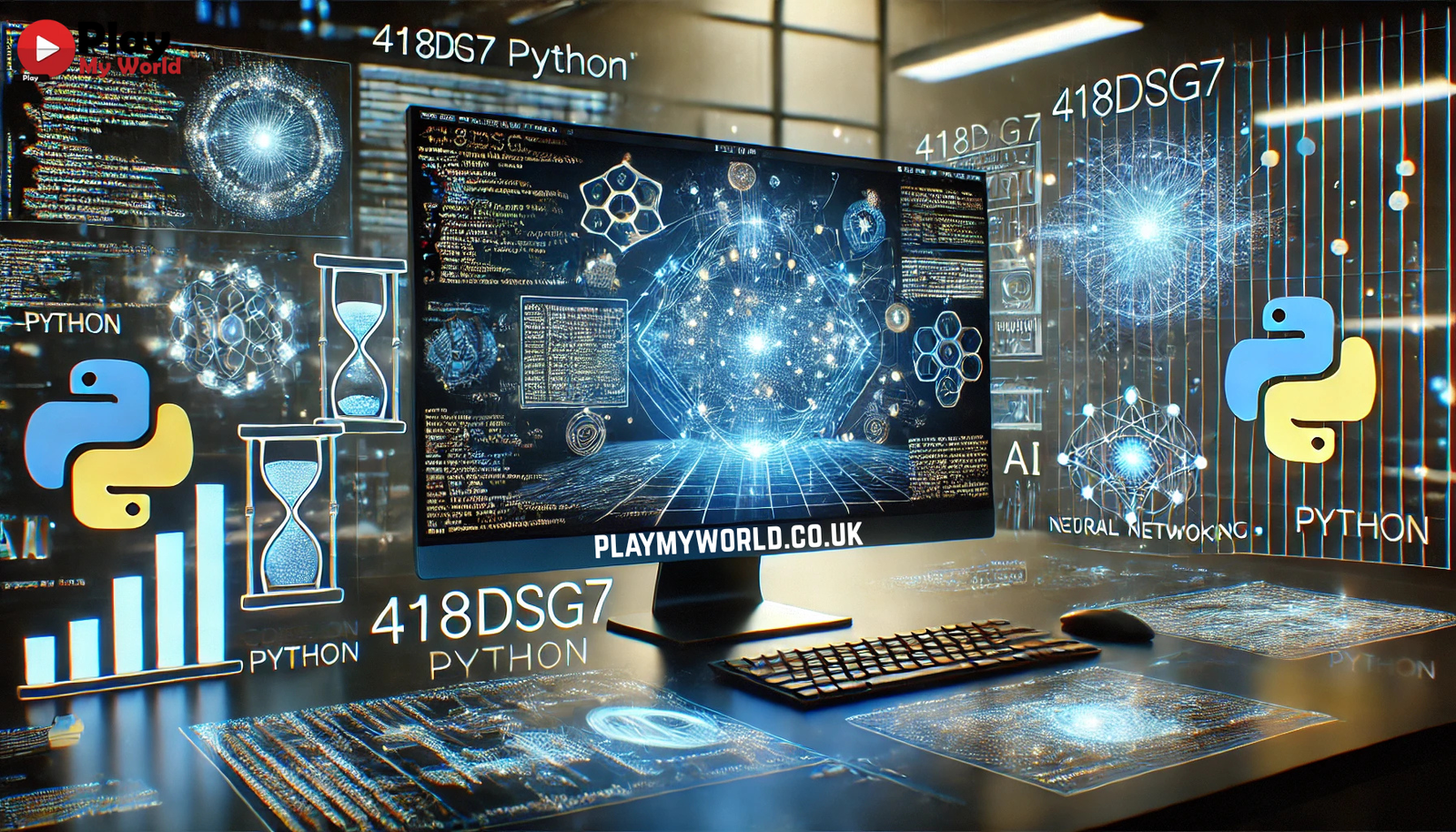In today’s rapidly evolving digital landscape, artificial intelligence (AI) is transforming how we create and consume content. One of the most exciting advancements is AI-powered video translation and photo to video conversion. Surprisingly, you might have more in common with these AI tools than you think. From learning patterns to adapting to new environments, AI mirrors many human traits.
Here are 10 things you have in common with AI video translation and photo to video technology:
1. You Both Learn from Experience
Just like humans, AI improves with exposure. Machine learning algorithms analyze vast amounts of data to refine translations and video generation. The more you practice a skill, the better you become—AI works the same way!
2. Context Matters for Both of You
AI translation tools rely on context to produce accurate subtitles or dubbed videos. Similarly, you adjust your speech based on the situation—whether formal, casual, or technical. Misinterpretations happen to both humans and AI when context is unclear.
3. You Adapt to Different Languages and Cultures
Traveling or learning a new language? AI translate video tools also adapt content for global audiences by converting speech, text, and even lip-syncing for dubbed videos. Both you and AI bridge language barriers.
4. Creativity Isn’t Just for Humans
AI can now generate videos from photos, adding motion, effects, and even voiceovers. While humans create art, AI mimics creativity by assembling elements in innovative ways—proving that “artificial” doesn’t mean unoriginal.
5. You Both Make Mistakes (And Learn from Them)
Ever mistranslated a phrase or mispronounced a word? AI translation isn’t perfect either—but it improves through feedback loops, just like humans correcting their errors over time.
6. Speed vs. Accuracy Is a Constant Balance
Humans often trade speed for precision (think quick texting vs. formal writing). AI video translation also balances real-time processing with accuracy—sometimes sacrificing one for the other.
7. You Rely on Patterns
Our brains recognize speech patterns, gestures, and visual cues. AI uses neural networks to detect patterns in language and imagery, helping it translate and animate photos realistically.
8. Emotions Play a Role
While AI can’t “feel,” it can analyze tone, sentiment, and facial expressions to produce emotionally fitting translations or video narrations. Humans, of course, naturally infuse emotion into communication.
9. You Both Need Updates to Stay Sharp
Just as you learn new slang or tech trends, AI models require updates to handle evolving languages, dialects, and visual styles. Stagnation leads to outdated results for both humans and machines.
10. The Future Is Collaborative
AI won’t replace human creativity—it enhances it. Video editors, translators, and content creators use AI tools to streamline workflows, just as you use apps to simplify daily tasks.
Final Thoughts
AI video translation and AI photo to video technology might seem like futuristic concepts, but they share many parallels with human learning and adaptation. As AI continues to evolve, the synergy between human intuition and machine efficiency will only grow stronger.
Are you using AI for video creatio or translation? You might already have more in common with these tools than you realized!



